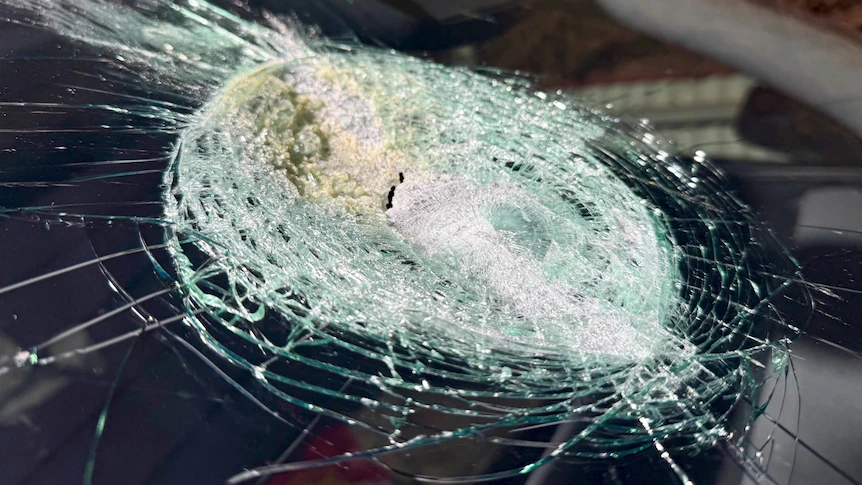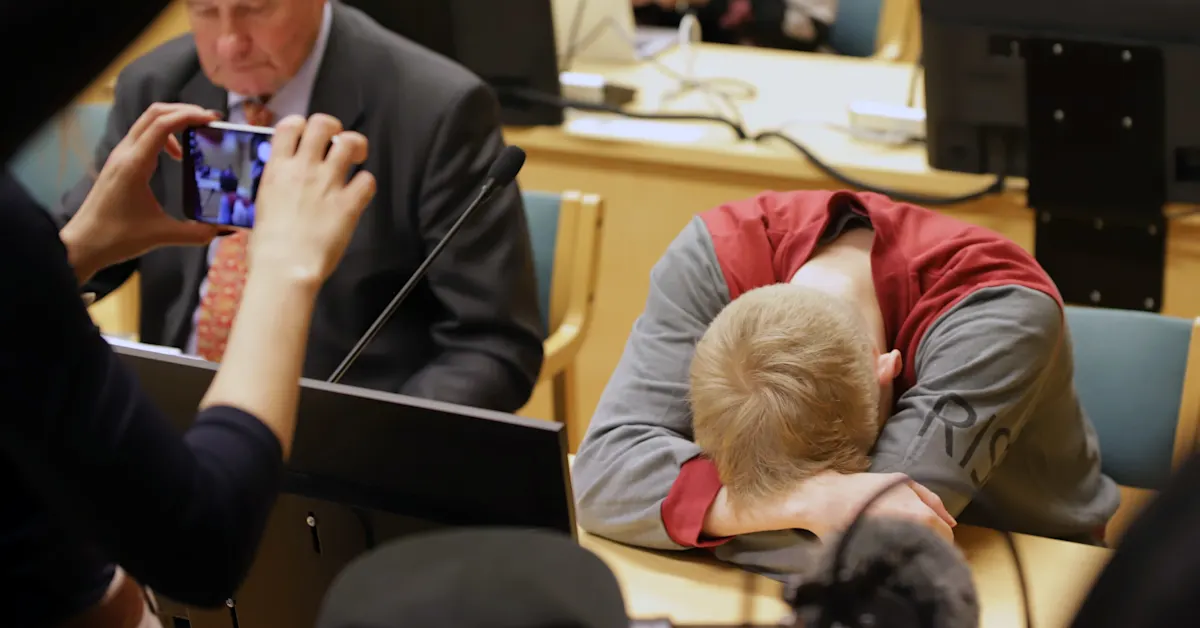Copyright abc

Scientists are investigating whether an object that smashed and partially melted a man's car windscreen was a meteorite, in what could potentially be a world-first case of a collision with a moving vehicle. Whyalla vet Andrew Melville-Smith was travelling along the Augusta Highway, 40 kilometres past Port Germein, when he heard a "loud" and "violent" bang. "A truck went past — five to 10 seconds later, there was an enormous explosion," Dr Melville-Smith said. "I thought we'd crashed, it was that loud, it was that violent, it was totally unexpected." Dr Melville-Smith said he did not see the object strike the windscreen, but was left bleeding and was covered in glass fragments. He said his car, an electric Tesla set to self-driving mode, did not stop when struck. "The car was driving along and unconcerned … it wasn't aware of the chaos that was going on in the cabin," he said. He said he initially thought the idea of a meteorite hitting his car was a "load of rubbish" but contacted the South Australian Museum to investigate. "A lot of people go, 'No way,'" he said. "[But] offer another explanation — what else melts your windscreen? "I think I'd have more luck buying a lottery ticket because it is so rare." Investigation begins The SA Museum's mineralogy assistant collection manager, Kieran Meaney, said that if the object proved to be a meteorite, it would be a world-first case of one hitting a moving vehicle. He said he was initially hesitant about Dr Melville-Smith's claims, but once he saw the photos, he thought an earthly explanation "didn't add up". "Andrew's first thought was that it was a bullet, or a stone had been flicked up from a truck, but the police quickly ruled that out," Dr Meaney said. "The really unusual thing is that the glass of his windscreen has actually melted a little bit; there was a lot of heat in whatever hit the windscreen; that's the key thing I can't find a good explanation for. "It may be the case once we investigate further, we find out it's something different, but at the moment that's the theory we are working with." Dr Meaney said the team would analyse the windscreen for any debris that became lodged in the glass during the collision, a process which could take weeks or months. He said they would also investigate whether the object could have been falling space junk or pieces of an old satellite. "If we do find out that it is a meteorite, we will probably end up going out to where this happened and trying to find the bit of rock." Expert 'sceptical' Jonti Horner, a professor of astrophysics at the University of Southern Queensland, said he had "good cause" to be sceptical about whether the object was a meteorite, given he had not seen reports of flashes of light. "Two, three or four minutes before this rock hit the car, there should have been very widely observed across that region a fireball in the sky, at least as bright as a full moon if not significantly brighter," Professor Horner said. He said small meteorite falls occurred "all the time" in Australia, and there had been examples overseas of meteorites hitting parked cars. He said contrary to what is portrayed in Hollywood films, meteorites are typically cold to the touch by the time they land on Earth. "That means they have a very thin layer of heat on the outside and a lot of cold on the inside." Professor Horner said the case was a "challenging" one to piece together, and other potential theories should not be ruled out. "Maybe it's something that's fallen off an aircraft flying overhead," he said. "Not saying it isn't a meteorite, I'm just saying there is good cause to be sceptical when it could just be a rock from another source."



